H&M profits and sales beat expectations as the retailer achieved more full-price sales.
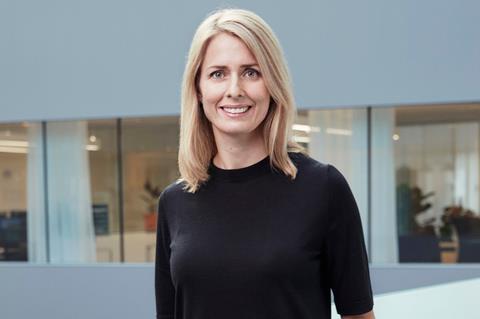
The fashion retailer reported profit after tax of SEK3.9bn (£315m) for the six months to May 31 – more than double the same period last year.
Gross profit jumped 22.7% to SEK54.1bn (£3.37bn) as gross margin climbed 1.3% to 52.2%, aided by an uptick in full-price sales and lower costs for markdowns.
H&M sales in the first half of the year rose 20% in Swedish krona and 15% in local currencies to SEK103.7bn (£8.4bn).
At the same time, the H&M board announced plans to buy back shares worth SEK3bn (£242m) from June 29.
The retailer added that sales in June are expected to decrease 6% in local currencies against strong comparables from June 2021.
H&M chief executive Helena Helmersson highlighted three key areas the business is targetting for growth.
“We started the year by communicating our 2030 goal to double sales, while at the same time halving our carbon emission, while profitability is to exceed 10% over time,” she said. “To achieve these goals, we are focusing on three growth areas.
“H&M is one of the world’s largest fashion destinations with several billions of visits yearly in-store and online across the world. We are continuing to develop the customer experience by broadening the assortment and services while we strengthen our existing relationships with our customers and also attract new ones by offering them unbeatable value.”
The first area is store expansion into new markets – H&M has signed several new leases in North and South America, with a particular focus on Latin America.
Second, H&M is focusing on growing its wider portfolio of brands, including second-hand marketplace Sellpy.
Sellpy doubled its sales during the second quarter and it is now available in 24 markets in Europe.
Third, Helmersson noted its investments and partnerships in sustainability projects such as the creation of renewable materials.
- Helena Helmersson is one of the leaders featured in this year’s Retail 100 – recognising people champions, disruptors, sustainability activists and more
Helmersson also retained a positive attitude in the face of the current cost-of-living crisis.
She told Retail Week: “When looking at customer behaviours and sentiments, of course, we’re following that carefully.
“Right now, we cannot see a big impact. We see that customers really appreciate our customer offer as we are a great option for affordable and sustainable fashion, so obviously this is also a period in time for us to strengthen our position.
“Further, we should also remember that there are different factors affecting customer behaviour right now. Of course, one part is inflation, but also the fact that [pandemic] restrictions have been lifted in many of the markets and it seems like customers really starting to socialise again, go to physical stores again, dressing in colourful fashion and having fun with their friends.”
Like many of its competitors, H&M has implemented price rises, but Helmersson said these vary across different markets.
She added: “When looking at how to mitigate the inflation, of course, we have to adjust our prices as well but we do it in a dynamic way, looking at customer sentiments per market and our competitive position there. We’re also trying to do that on different product types in different markets.
“What is most important for us when we do this is to make sure that customers can still trust us to have the very best value for money. With that I mean the combination of fashion, price, quality, and sustainability.
“So far, it seems, the feedback from customers is definitely that we still have that position and, hopefully, we can strengthen that position further.”
- Get the latest fashion retail news and analysis straight to your inbox – sign up for our weekly newsletter





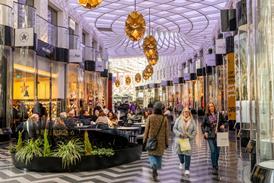















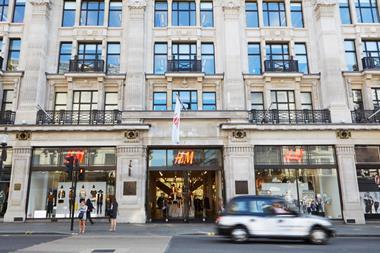
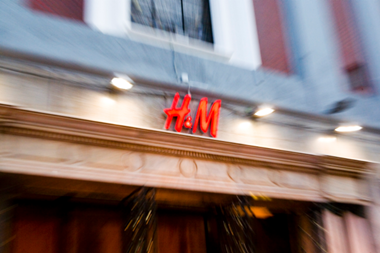
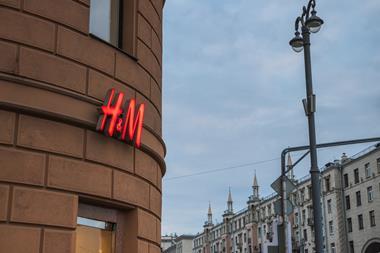

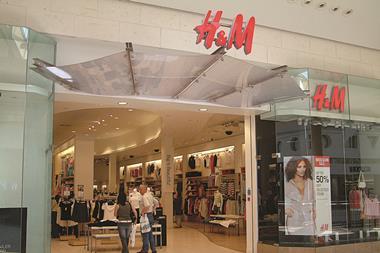
No comments yet